S.4.3
The student develops evidence-based explanations and communicates findings, conclusions, and proposed solutions.
The student is expected to:
- Plus Plan

Santa’s New Sleigh - Christmas STEM Activity
Design and build a new sleigh for Santa with a printable Christmas STEM project.
- Plus Plan

Christmas STEM Challenge Cards - STEM Activities for Elementary
A set of 12 Christmas STEM activity cards for your students to enjoy during the holiday season.
- Free Plan
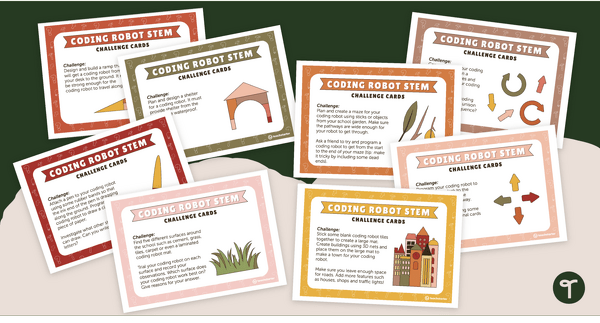
Coding Robot STEM Challenge Task Cards
A set of 10 STEM challenge cards using a coding robot.
- Free Plan

Does the Sun Transfer Heat? – Science Experiment
Discover how the sun transfers thermal energy and which objects absorb more heat with this science experiment for kids.
- Plus Plan

Christmas STEM - Tallest Tree Challenge
Experience hands-on STEM concepts with your students with this Christmas Tree Building STEM project.
- Free Plan

Inquiry Project - Template
A diverse template to help students craft inquiry questions to produce different types of research projects.
- Plus Plan

Design a Pirate Ship - STEM Science Project (3-4)
Build a pirate ship and get your students thinking outside the box (or boat) with exciting pirate-themed STEM science projects.
- Plus Plan

Process Skills for Science Worksheet Pack
Improve your students' skills for science class with printable Scientific Process Skills Worksheets.
- Plus Plan
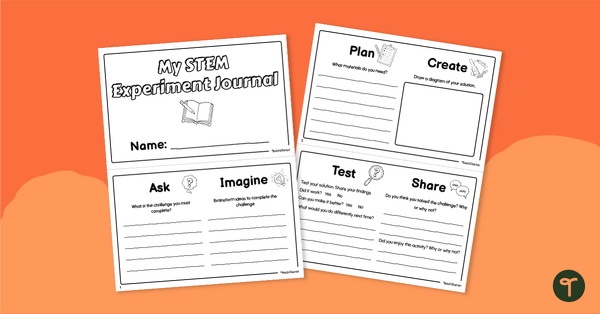
Printable Journal for STEM Experiments
Use this STEM Experiment journal to organize data and learning with your students when completing STEM experiments.
- Plus Plan

Folktale STEM - Gingerbread Boat Building Activity
Explore floating and waterproof materials in this Gingerbread STEM investigation for early learners.
- Plus Plan

Force and Motion Experiment – Throwing, Dropping, Bouncing, Rolling
Use this hands-on force and motion experiment when teaching your students about how forces influence the movement of objects.
- Plus Plan
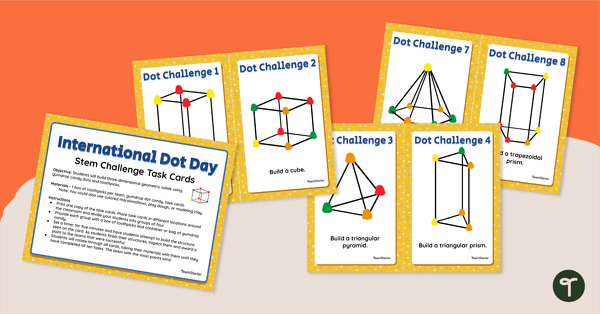
Dot Day STEM Activities - Building Task Cards
Implement Dot Day STEM Activities with a set of fun DOT-based structure-building task cards.
- Plus Plan

Build & Destroy - STEM Building Challenges for Kindergarten
Build, destroy, and promote STEM education with our printable STEM building challenges for Kindergarten.
- Plus Plan

Build It! STEM Brick-Building Challenge Cards
Challenge your students to build amazing structures with a set of printable STEM Building Cards for plastic construction bricks.
- Plus Plan

STEM Thinking Prompts - Higher Order Thinking Skills Questions
Use our printable STEM Thinking Question cards to improve scientific conversation and higher order thinking skills in your students.
- Plus Plan

Foldable Scientific Method Graphic Organizer Pack
Use a foldable Scientific Method Graphic Organizer to help your students organize their learning about the scientific process.
- Plus Plan
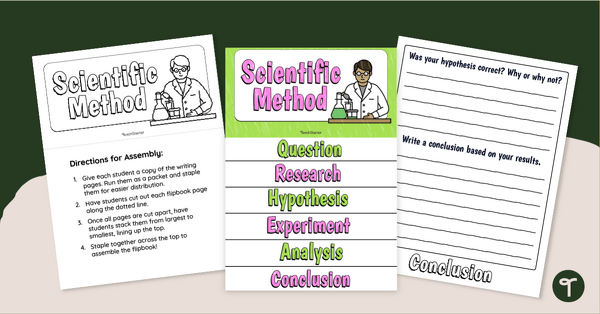
Scientific Method Flip Book Template
Create a Scientific Method Flip Book to record scientific predictions, observations, and conclusions with a printable science flip book template.
- Plus Plan

Scientific Method Cloze Worksheet
Review scientific method vocabulary with a printable Scientific Method Cloze Worksheet.
- Plus Plan
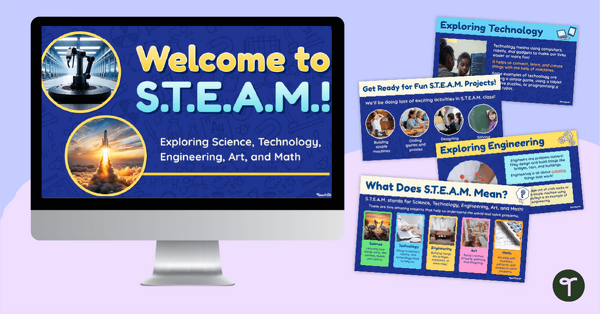
What is S.T.E.A.M. Education? Teaching Slides
Introduce your students to the world of STEAM Education with our 'What is STEAM Education? Teaching Presentation.
- Plus Plan

Fairy Tale STEM - Cinderella's New Shoes Design Challenge
Use Fairy Tale STEM Challenges in your classroom and enlist your students help in designing Cinderella's new shoes with an exciting design task.
- Plus Plan

Pirate Ship Building STEM Challenge (5-6)
Challenge upper grade students to build a pirate ship with a fun (and engaging) STEM Building challenge created by teachers, for teachers.
- Plus Plan
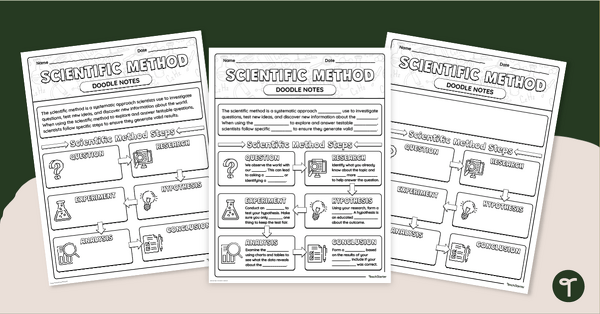
Differentiated Scientific Method Doodle Notes Templates
Use scientific method doodle notes to turn learning the scientific method into a meaningful note-taking session for students!
- Plus Plan

Severe Weather STEM - Build a Storm Shelter Project
Design a storm shelter to protect against wind and rain with a hands-on Weather Stem Challenge.
- Plus Plan

Simple Machines Roller Coaster Challenge - STEM Project
Implement a Roller Coaster Stem Project to help your students demonstrate knowledge of simple machines.
- Plus Plan

PowerPoint on the Scientific Method - Thinking Like a Scientist
Introduce your students to the scientific process with an interactive PowerPoint on the scientific method.
- Plus Plan

Design An Experiment Worksheet & Project Guide
Design your own science experiments and science fair projects with an experimental design project.
- Plus Plan

Leprechaun Trap STEM Challenge
Experience hands-on STEM concepts with your students with this St. Patrick's Day Leprechaun Trap Stem Challenge.
- Plus Plan

STEM Projects for Middle School - Challenge Cards
Use our Stem Projects for Middlle School Challenge Cards to inspire problem-solving and creative thinking.
- Plus Plan

STEM Challenge Graphic Organizer - Upper Grades
Use this STEM Challenge Planning sheet with to keep your students on task and organized when completing STEM challenges.
- Plus Plan

Building a Conclusion - Scientific Method Teaching Slides
Teach your students the R.E.R.U.N. method for writing a scientific conclusion with an interactive teaching slide deck.
- Plus Plan

STEM Building Challenges (3-4)
Use our easy STEM Challenges to inspire problem solving and creative thinking in your 3rd and 4th Grade classrooms.
- Free Plan

STEM Word Wall Cards
Use our free printable STEM word wall to display essential STEM and STEAM-related vocabulary words.